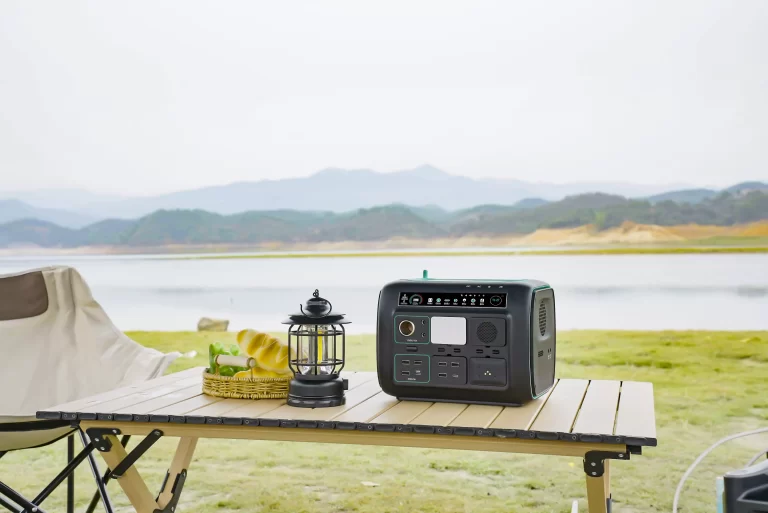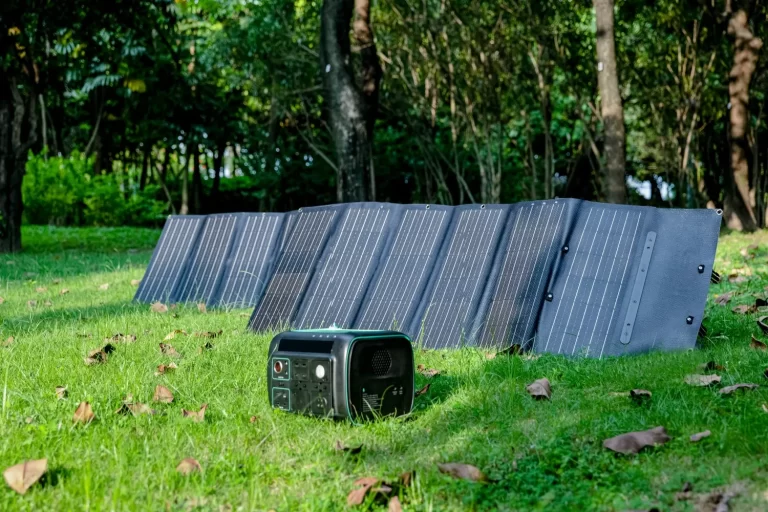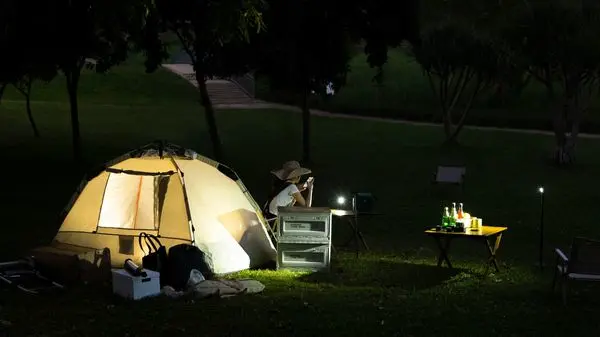Winter is a good season for outdoor activities, but it is also a difficult season for portable power stations. Factors such as low temperature, humidity, wind and snow in winter will affect the performance and safety of the portable power station. Therefore, when using a portable power station in winter, you need to pay attention to the following aspects:
The battery type, capacity, power, charging method, etc. of the portable power station will all affect its performance in winter. Generally speaking, portable power stations with the following characteristics are more suitable for winter use:
Battery type: Choose a portable power station with a lithium iron phosphate battery. Compared with a ternary lithium battery, it is more resistant to low temperatures, has higher discharge efficiency, longer life and higher safety.
Capacity: Choosing a portable power station with a larger capacity can provide longer battery life, avoid frequent charging, and reduce battery loss.
Power: Choose a portable power station source with a higher power, which can support more electrical equipment and meet the needs of heating, lighting, cooking, etc. in winter.
Charging method: Choose a portable power station that supports multiple charging methods, such as mains, vehicles, solar, etc. You can choose the most appropriate charging method according to different environments and conditions.

Low temperature is the biggest enemy of portable power stations. Low temperature will reduce the voltage and capacity of the battery, affect the discharge efficiency and stability, and even cause battery damage or explosion. Therefore, protecting portable power stations from low temperatures is an important principle for winter use. The specific methods are as follows:
Storage: When the portable power station is not in use, it should be stored in a dry, ventilated, and cool place to avoid direct exposure to sunlight, rain, snow, wind, sand and other harsh environments. If possible, wrap the outdoor power supply with insulation material or put it in a sleeping bag, clothing, etc. to insulate it from the low temperatures outside.
Charging: When charging the portable power station, you should choose a suitable charger and charging cable, and avoid using mismatched or poor-quality chargers and charging cables to prevent overcharging, over-discharge, short circuits and other problems. When charging the portable power station, try to keep it at room temperature or slightly higher, and avoid charging at low temperatures to improve charging efficiency and safety.
Usage: When the portable power station is in use, the number of switches should be minimized and frequent startup and shutdown should be avoided to reduce battery consumption. When using, try to keep it at a suitable temperature and avoid using it at too high or too low temperature to ensure the performance and life of the battery. When using the portable power station, you should try to avoid overloading and avoid using electrical equipment that exceeds the maximum power of the outdoor power supply to prevent the battery from overheating or damage.




